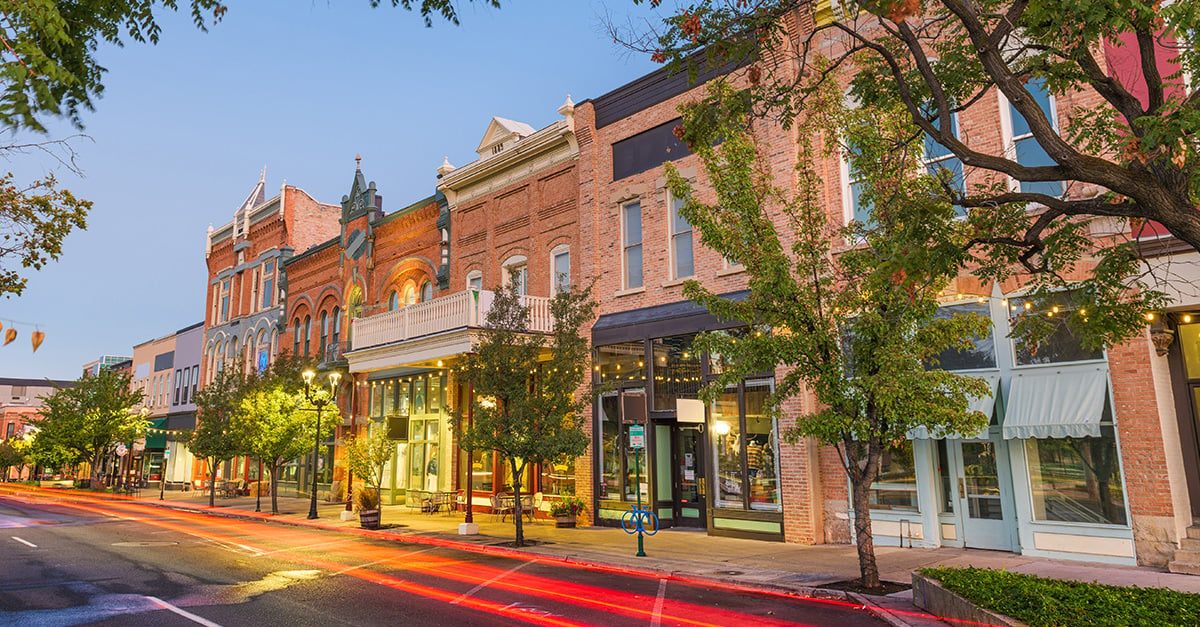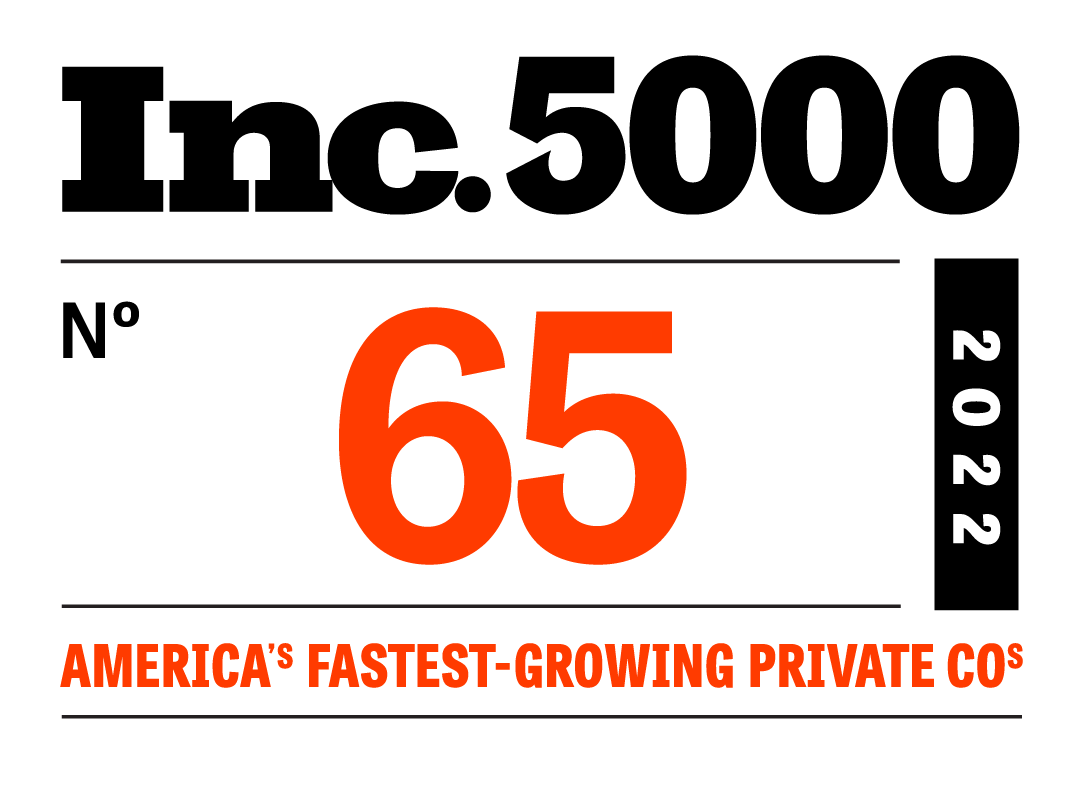
The Paycheck Protection Program is the cornerstone of the Coronavirus Aid, Relief, and Economic Security (CARES) Act and represents Congress’s best attempt yet at saving an economy that’s been ravished by the COVID-19 Pandemic.
With two rounds of funding, the size of the total program tracts north of half a trillion dollars, coming in at roughly $670B.
Banks, credit unions, and industry partners, like ourselves, have been working around the clock since the signing of the legislation to understand constantly shifting SBA and Treasury guidance, and to get these funds distributed to small businesses as quickly as possible.
But with the biggest questions around disbursement all but solved, many are starting to shift to the next piece of the PPP equation: forgiveness.
Paycheck Protection Program loans are unique in that they are 100 percent guaranteed by the SBA and therefore can be forgiven in full—assuming the borrower has met all SBA guidelines.
While small businesses know that the funds need to be used to maintain their payrolls and other qualifying expenses, like rent and utilities, banks and credit unions still lack official and final guidance on how to execute forgiveness for these relief loans.
So here’s what we do and don’t know about PPP loan forgiveness, as of the time of writing:
- While we know that the SBA is guaranteeing upwards of 100 percent of PPP loans, what we’re still learning is the factors that will determine how much of a loan is forgiven. So far, we know 1) How the money was spent; 2) Ability to maintain FTE levels; and 3) Ability to maintain Payroll levels will all be factored into forgiveness.
- A formal request will need to be made by the borrower, and documentation as outlined by the SBA will be required for forgiveness. Eligibility will be determined by the use of loan proceeds, and specified documents provided by the borrower to determine qualifying loan amount and eligibility for loan forgiveness. Treasury Secretary Steven Mnuchin recently shed some light on the kinds of documents his department would be looking for, telling the press, “One of the things that will be required is you will have to show a payroll report that you actually spent the money on payroll and other items that qualify for forgiveness.”
- Forgiveness requests should begin around 8 weeks after the initial loan is disbursed. Since lenders are required by law to disburse funds within 10 days of SBA approval.
As with the first round of PPP lending, we’ll continue to look to the SBA and Treasury for guidance as we adapt our PPP forgiveness solution and help banks navigate this complex process.
In that regard, our team will be hosting a webinar on Tuesday, May 5 at 1pm to discuss new updates around loan forgiveness and to provide an overview of how we’ll help banks and credit unions automate this next part of the PPP equation.
To learn more, register for our webinar today.






